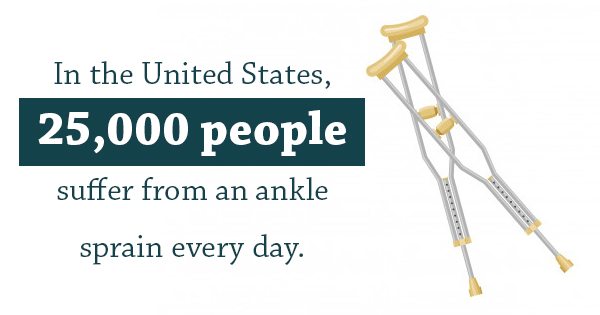
Life is filled with many different dangers. Some are extreme, some are minor. It is how one copes with those dangers that defines health and happiness. Knowing the difference between an emergency and an urgent issue can save both time and lives. This is true in most aspects of life, but more specifically, this is true for medical situations. The following is a list of medical situations and how to handle them.
- Sprained Ankle
In the United States, 25,000 people suffer from an ankle sprain every day. This is an undoubtedly painful injury, but it is not life-threatening. If you or someone you know sprains an ankle, the quickest way to get treatment is by seeking urgent care nearby. Local hospitals will likely be busier, so it will take more time to get treated. - Heart Attack
This is a life or death emergency. If you are with a friend who is having a heart attack, direct someone to call for an ambulance. If you know CPR, do the best you can until the ambulance arrives. - Common Cold
Catching a cold isn’t fun by any means, yet it isn’t going to kill you. If your primary care physician’s office is closed, you could always find nearby urgent care centers that can get you the cold medicine you need to go about your day. - Influenza
While urgent care clinics can provide flu shots, there are certain situations when a hospital is the better option. For example, even if you have urgent care nearby, you should seek a hospital if your fever gets above a certain threshold without breaking. If your main issue is with body aches, however, you will do fine visiting an urgent care center.
Though it might seem like the hospital is always your best bet for urgent medical attention, this is often not the case. Emergency rooms see too many patients that are in a life or death situation to attend to someone with a sprained ankle or the sniffles. Still, you deserve treatment. So, if you aren’t suffering a life or death medical emergency, visit an urgent care center instead.
